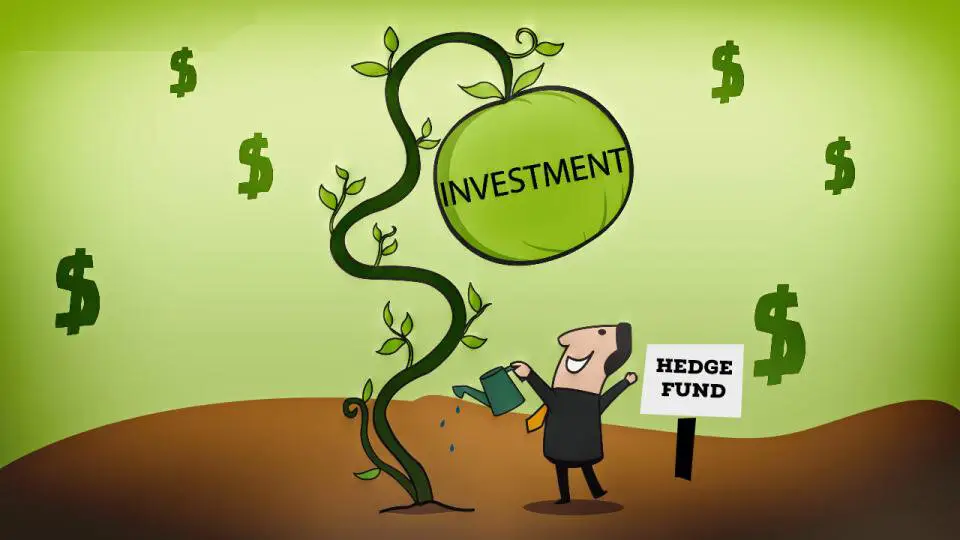The financial market has long ceased to be a club for the chosen few. Today, anyone with a phone and a broker app can become an investor in just two clicks. But as soon as there is available capital, a key question arises: passive or active investing — which is more effective, profitable, and closer to your nature?
Understanding strategies means not just investing, but creating a system where money works for you, not you for the market. Understanding the difference between approaches and their applicability to your goals is the first step towards financial independence.

Difference between active and passive investing: main comparison
Dividing investors is conditional but useful. Short-term investors seek to outperform the market: they analyze company reports, track news, follow trends, and adjust their portfolios to changes. Long-term investors bet on the market as a system — they buy index funds, diversify assets, and hold positions regardless of fluctuations.
Passive or active investing is not so much a choice between strategies as between lifestyles. One requires time, involvement, and risk tolerance. The other — discipline, composure, and faith in long-term statistics. It is important to understand which thinking style you are closer to.
How to understand which tactic suits you best?
When deciding which investment strategy to choose, it is important to consider not only profitability but also the level of stress you are willing to endure. An active approach may bring higher returns, but it requires constant involvement and readiness to make decisions in uncertain conditions.
The index path is simpler: you review your portfolio once a year or quarter, do not stress over news, and do not get distracted from your main activities. For those who do not want to live by charts, it is an excellent investment method without diving headfirst into the market.
Advantages of each strategy: when does it work?
Before choosing between active or passive investing, it is worth considering the actual benefits they provide.
Active investing primarily attracts with its potential profitability. Through regular market analysis, evaluation of company reports, reaction to economic events, and technical analysis, market participants can find entry points that bring tangible profits in the short term.
This approach is particularly effective in periods of high volatility when experience and intuition allow for prompt reallocation of assets in favor of more promising instruments.
Investments without regular rebalancing, on the other hand, focus on stability and long-term growth. The main advantage here is simplicity and time savings: investors do not need to constantly monitor the market, analyze reports, or forecast trends. It is enough to form a portfolio based on index funds once and periodically review it.
Another significant advantage is the high degree of diversification — by buying one ETF, a financier gains access to dozens or hundreds of companies from different economic sectors.
It is important to understand that the approaches are not mutually exclusive. Many individual investors and professional managers successfully combine strategies: for example, they form the “core” of the portfolio from passive instruments (ETFs, index funds) and allocate part of the capital to active work with stocks, bonds, or other instruments requiring manual management.
Tools used by active and passive investors
Active financiers often work with individual securities, use technical analysis, monitor macroeconomic data. They can speculate, use futures contracts, choose illiquid ideas for potential growth.
Passive investors mostly limit themselves to index funds, diversified ETFs, and ISAs. Their goal is to replicate market behavior, not predict it. Here, discipline and understanding of long-term profitability are more important than trends.
Drawbacks to consider in each strategy
When choosing between passive or active investing, one must not forget about the risks. Active actions can lead to erroneous decisions: hasty selling, choosing the wrong entry point, overvaluing “hot” securities. Emotions are the main enemy here.
Long-term investors risk missing out on short-term profits, not benefiting from the growth of specific sectors or companies. However, they benefit from stability, lower fees, and fewer transactions, which reduces the tax burden.
Choosing between active and passive investing
There is no universal answer, but there are recommendations to help beginners make a decision. Before investing, honestly answer the following questions:
- how much time are you willing to dedicate to investments daily or weekly;
- how well do you understand financial instruments;
- are you ready for high volatility and downturns;
- how important is stability versus the possibility of “outperforming the market”;
- do you have the emotional stability not to sell in a panic.
Such self-analysis is half the battle. The other half is continuous learning and a sober approach.
Profiles of typical investors: portraits in two styles
To fully understand which path is closer, let’s imagine what a classic financier looks like in each case.
Short-term investors are often analytical-minded individuals interested in news, taxes, charts, and reports. They can experiment, follow IPOs, analyze the stock market. They are not afraid to risk part of their capital for potential gains.
Long-term investors value reliability more. They read about indexes, choose low-fee ETFs, regularly add assets, and do not change strategy based on news. They are often busy individuals who want to build capital without getting involved in daily routines.

Combined approach — a sensible solution
If you still find it difficult to choose, do not rush to become someone’s follower. It is not necessary to choose only one approach. Many investors use the “core & satellite” strategy: the core of the portfolio is long-term investment without active management, and a small part involves active trades or even trading.
This approach allows for stability and experimentation. And yes — it is this approach that helps answer the main question: passive or active investing is not a choice but a tool. The main thing is for it to work for your goals!
 en
en  ru
ru  de
de  ar
ar  es
es  hi
hi  fr
fr  nl
nl  it
it  pt
pt  el
el 



